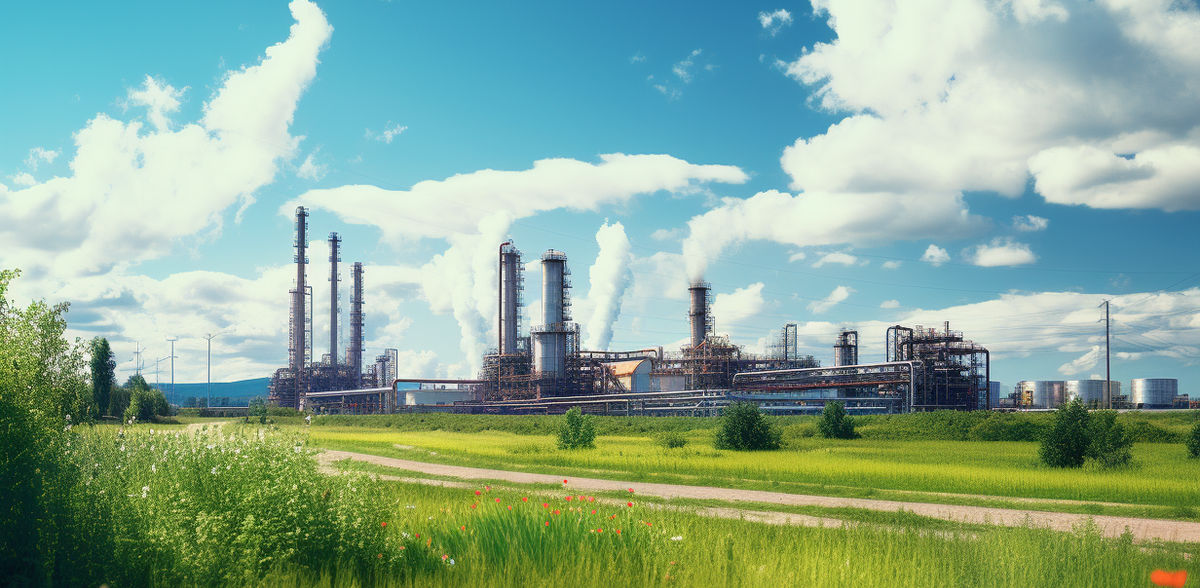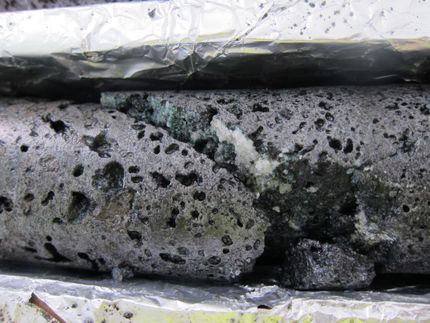CO₂ conversion: The extra mile from the lab to industry
Converting the greenhouse gas CO₂ into raw materials for industry using renewable energies: What electrocatalysis can do in theory should be applied as quickly as possible. However, there is still a gap between the progress of science and the requirements of industry. A research team from the University of Duisburg-Essen and Ruhr University Bochum wants to change this. With new performance parameters for industrial applications, they are building a bridge to the rapid deployment of the technology.
"In the fight against climate change, we see a great opportunity in the electrochemical conversion of carbon dioxide," explains Prof. Dr. Doris Segets, Head of the Chair of Particle Technology at the University of Duisburg-Essen (UDE). What already works well under laboratory conditions could look like this in practice: At a plant with a high emissions load, such as a cement factory, a catalyst converts the emitted CO₂ into larger carbon compounds, such as formic acid or methanol. These in turn serve as raw materials in industry. "By using electricity from renewable energy sources for catalysis, not only would the CO₂ be converted in a climate-neutral way, but the base chemicals would also no longer be of fossil origin," says Junior Professor Dr. Corina Andronescu (UDE).
Professors Doris Segets, Corina Andronescu (UDE) and Professor Ulf-Peter Apfel (Ruhr-Universität Bochum RUB/Fraunhofer UMSICHT) agree that academic research must go the extra mile for such processes to work in industry. In Nature Communications, they outline this path with common key parameters. "One important aspect is the stability of the catalysts," explains Ulf-Peter Apfel. "In industry, they should function for at least 50,000 hours. In the laboratory, we can't test the material over five years, so we advocate strict protocols with high stress. This allows us to adapt our developments to industrial requirements and ensure stability."
"The processing of the catalyst itself should also be considered through coherent workflows and the systematic collection of metadata," says Segets. "The final step is a full-cell test, i.e. testing the catalyst in its functional environment." The development of the full cell has another advantage: it enables reliable gas analysis. This is particularly important for downstream processing, i.e. the separation of the resulting gas mixture. "CO₂ electrolysis initially produces a carbon-based mixture that has to be separated for industrial use. In order for the catalysts to be of real benefit to industry, it is therefore necessary to consider the separability of the resulting product mixture during development," summarizes Professor Apfel.
The declared aim of UDE and RUB is to develop new and urgently needed materials for the energy transition quickly and sustainably. The universities have been working closely together strategically within the University Alliance Ruhr (UA Ruhr) since 2007.
Note: This article has been translated using a computer system without human intervention. LUMITOS offers these automatic translations to present a wider range of current news. Since this article has been translated with automatic translation, it is possible that it contains errors in vocabulary, syntax or grammar. The original article in German can be found here.
Original publication
Other news from the department science

Get the chemical industry in your inbox
By submitting this form you agree that LUMITOS AG will send you the newsletter(s) selected above by email. Your data will not be passed on to third parties. Your data will be stored and processed in accordance with our data protection regulations. LUMITOS may contact you by email for the purpose of advertising or market and opinion surveys. You can revoke your consent at any time without giving reasons to LUMITOS AG, Ernst-Augustin-Str. 2, 12489 Berlin, Germany or by e-mail at revoke@lumitos.com with effect for the future. In addition, each email contains a link to unsubscribe from the corresponding newsletter.





























































